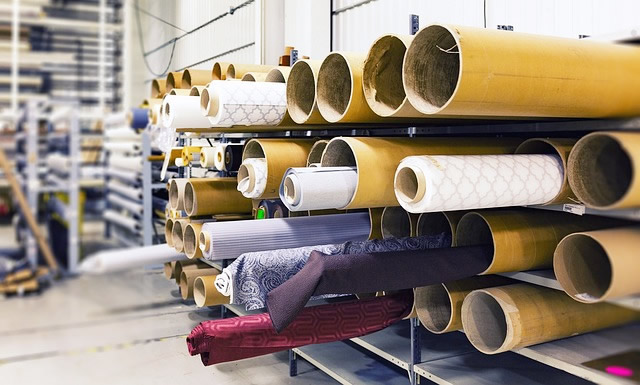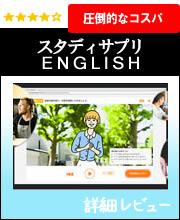先日から「Why fabric fraud is so easy to hide -「布地の偽装はバレにくい」を読んでいます。

・「布地の偽装はバレにくい」(1)
・「布地の偽装はバレにくい」(2)
・「布地の偽装はバレにくい」(3)
・「布地の偽装はバレにくい」(4)
・「布地の偽装はバレにくい」(5)
・「布地の偽装はバレにくい」(6)
When it comes to elucidating supply chains, some sections of the industry certainly still have far to go.
サプライチェーンの解明については、まだまだこれからという部分もあるようだ。
In a 2021 report by Laura Murphy at Sheffield Hallam University, UK, and colleagues found that international brands may unwittingly purchase goods made of cotton that originates in China’s Xinjiang Uyghur Autonomous Region, where widespread human rights abuses have been reported, including forced labour.
英国シェフィールド・ハラム大学のローラ・マーフィー氏らによる2021年の報告書では、強制労働等の人権侵害が広く報告されている中国の新疆ウイグル自治区産の綿花を使用した商品を、国際ブランドが知らず知らずのうちに購入している場合があると判明。
The region produces 85% of China’s cotton, and 20% of the world’s.
この地域は中国の綿花の85%、世界の綿花の20%を生産している。
“The mechanisms that obfuscate Xinjiang cotton sourcing are able to operate precisely because they make it plausible for the end buyers not to know,” the authors write.
「新疆ウイグル自治区産の綿花の調達を難解にするメカニズムによって、まさに最終購買者に知られないよう、もっともらしく装う事が出来る」と著者らは書いている。
In the US, the Uyghur Forced Labor Prevention Act, which came into effect in June 2022,
アメリカでは、2022年6月に施行された「ウイグル人強制労働防止法」により
requires companies to be able to prove that imported goods originating from the Xinjiang Uyghur Autonomous Region of the People’s Republic of China were not made using forced labour.
中華人民共和国新疆ウイグル自治区を原産地とする輸入品が強制労働によるものでない事の証明が企業に義務付けられた。
If they can’t provide this proof, they risk having their shipment impounded.
もしこの証明ができない場合は、貨物を押収されるリスクを負う。
impound「囲いの中に入れる、拘置する、(一時的に)保管する、押収する」。
The European Commission has proposed a similar ban on products made with forced labour.
欧州委員会は、強制労働で作られた製品の禁止を同様に提案している。
ウィグル綿の話は、日本でもかなり取りざたされましたね。
質の良い綿ということで、ユニクロや無印良品でも取り扱いがあったと記憶しています。
いくらお値打ち価格で素敵な服でも、その裏に泣いている人たちが大勢居るとなると、喜んで着てもいられません。
この辺りは消費者の意識も変わっていくことが、従来型のシステムを改善する後押しになるのでしょうね。
理由は単純明快!「少ないコストでしっかり楽しく学べるから」。
私自身の経験(高機能でビックリ)をびっしり書いていますので、良かったら読んでみてください。
下のバナーからどうぞ!






